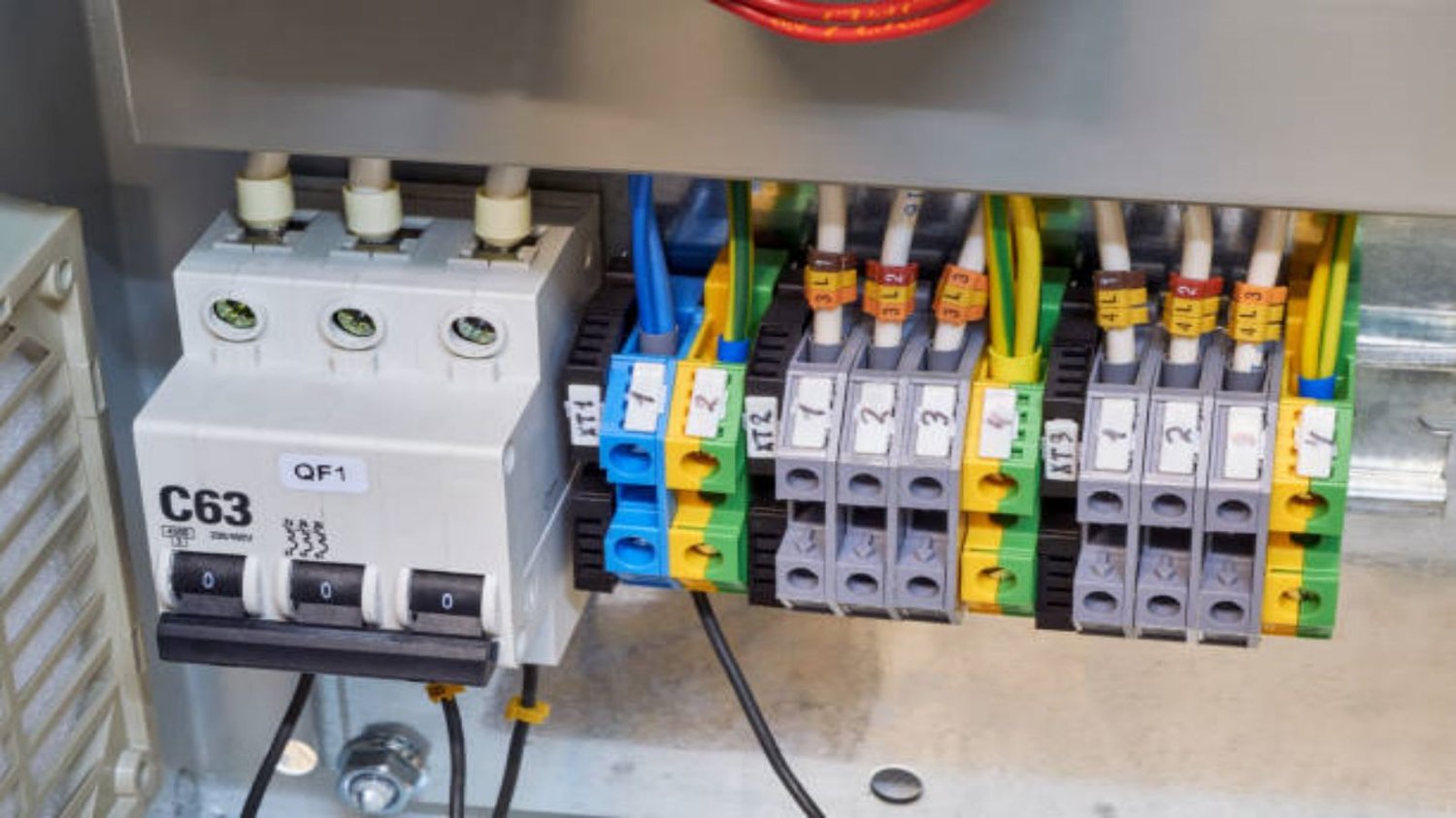Table of Contents

The Importance of Properly Polarizing a Voltage Regulator
A voltage regulator is an essential component in any electrical circuit, as it ensures a stable output voltage regardless of input fluctuations. However, to ensure its optimal functionality, it is crucial to polarize the voltage regulator correctly. In this article, we will guide you through the process of polarizing a voltage regulator, step by step, to guarantee that your electrical system operates smoothly and efficiently.
Understanding Voltage Regulators
Before delving into the process of polarizing a voltage regulator, let's briefly discuss what voltage regulators are and their significance in electrical circuits. A voltage regulator is an electronic device that maintains a constant voltage level within a circuit, irrespective of variations in the input voltage or load conditions.
What Does It Mean to Polarize a Voltage Regulator?
Polarizing a voltage regulator refers to the process of establishing the correct reference voltage or bias across the device. This ensures that the regulator operates within its specified voltage range and maintains the desired output voltage level.
Step-by-Step Guide: how to polarize a voltage regulator
Step 1: Gather the Required Tools and Equipment
Before you begin polarizing the voltage regulator, ensure you have the necessary tools and equipment. These may include a digital multimeter, a power source, appropriate safety gear, and a service manual or datasheet for your specific voltage regulator model.
Step 2: Identify the Voltage Regulator Pins
Examine the voltage regulator to identify its pins. Depending on the model, a voltage regulator typically has three pins: input, ground, and output. The input pin is connected to the power source, the ground pin to the circuit's common ground, and the output pin to the load.
Step 3: Set Up the Measurement Equipment
Connect the digital multimeter to the appropriate settings for measuring DC voltage. Ensure the meter is set to a suitable range to accommodate the expected output voltage of the regulator.
Step 4: Apply Power to the Voltage Regulator
Connect the power source to the input pin of the voltage regulator. Ensure that the power source voltage is within the specified range for the regulator. This information can be found in the service manual or datasheet.
Step 5: Measure the Output Voltage
Place the multimeter probes on the output pin and the ground pin of the voltage regulator. Take note of the measured voltage, which ideally should match the regulator's specified output voltage.
Step 6: Adjust the Bias Voltage
If the measured output voltage differs from the specified value, it is necessary to adjust the bias voltage. Refer to the service manual or datasheet to determine the correct adjustment procedure for your specific voltage regulator model.
Step 7: Verify the Output Voltage
After making the necessary adjustments, re-measure the output voltage to ensure it now matches the specified value. If it does, the polarization process is complete. If not, repeat steps 6 and 7 until the desired output voltage is achieved.
Step 8: Secure the Connections
Once the desired output voltage is obtained, secure the connections and ensure they are properly insulated. This will prevent accidental disconnections or short circuits that may affect the polarization of the voltage regulator.
Step 9: Test the Voltage Regulator
After polarizing the voltage regulator, it is crucial to test its performance to ensure it functions as expected. This can be done by subjecting the system to different load conditions and monitoring the output voltage stability.
Step 10: Document the Polarization Process
Lastly, it is recommended to document the polarization process for future reference. This will be useful whenever the voltage regulator requires maintenance or replacement, ensuring that the correct polarization procedure is followed.
Conclusion
Polarizing a voltage regulator is a crucial step in ensuring the stability and reliability of your electrical system. By following the step-by-step guide provided in this article, you can confidently polarize your voltage regulator, guaranteeing its optimal performance and the smooth operation of your circuit. Remember to always consult the service manual or datasheet for your specific voltage regulator model to ensure accurate polarization.
